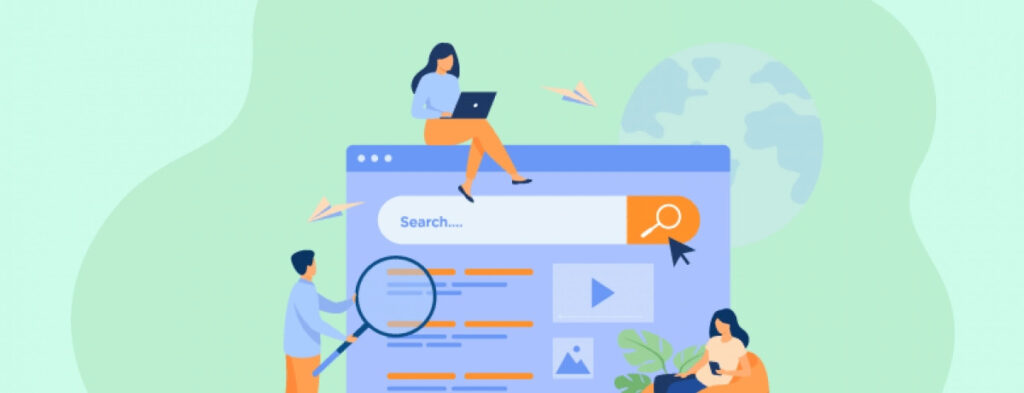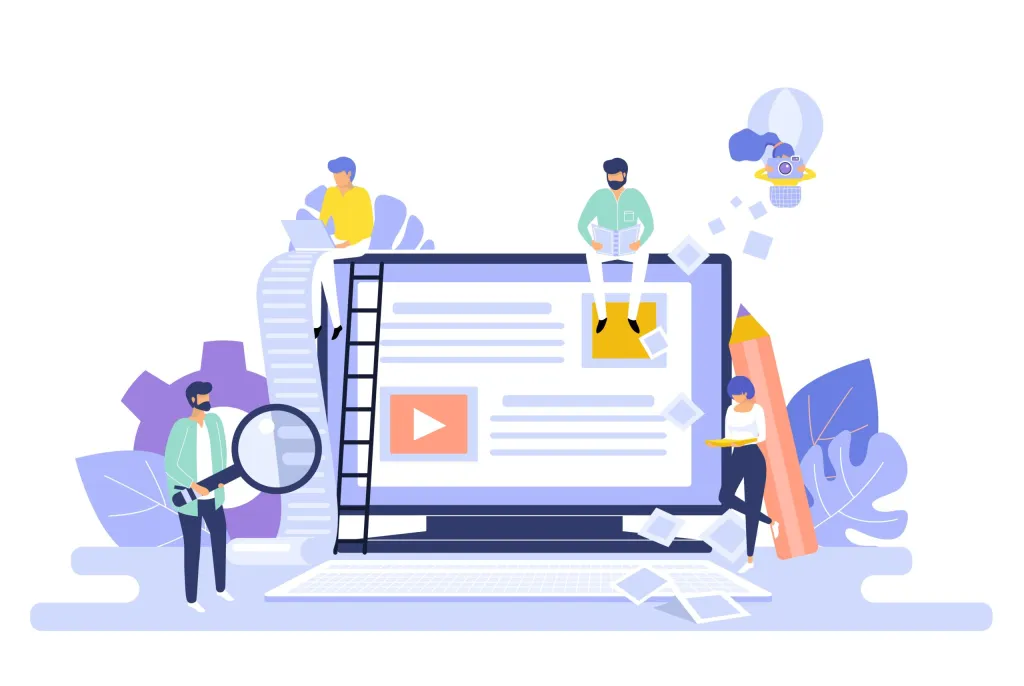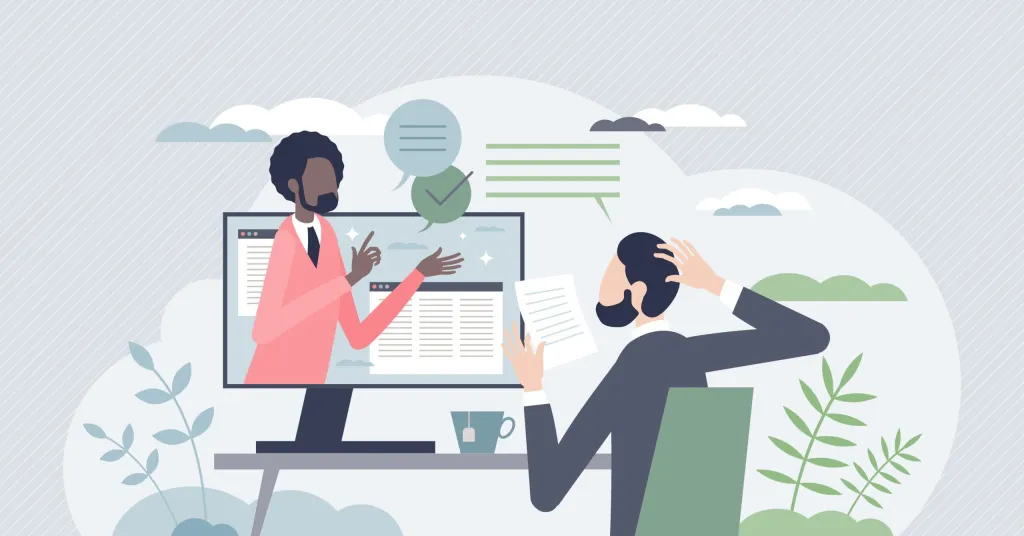
5 Reasons Why Your Organic
Traffic Isn’t Growing
Why is my Organic Traffic down? – Here is 5 Reasons Why Your
Organic Traffic Isn’t Growing
There’s nothing more frustrating than showcasing your expertise through a beautiful website but not having anyone to share it with. After spending copious amounts of time (and maybe money!) creating a platform, it can seem disheartening when the visitor count remains low.
Many people tend to overlook the power of SEO, especially when they expect to see results overnight. But, while it may take a while to move the needle, the results are always worth it.
If you’ve found yourself stuck in an organic traffic rut, this guide is for you. Read on to discover five reasons why your organic traffic might not be growing.
Why Is My Organic Traffic Not Growing?
Truth be told, there are hundreds of reasons as to why your organic traffic might not be growing. However, in most cases, problems can be identified by assessing the following five points.
1. Your Website Is Slow
You could have the most attractive website in the world, but visitors will drop off in an instant if it takes forever to load. It has been found that bounce rates can increase to as much as 38% if a website takes longer than 5 seconds to load! Remember that internet users want answers instantly – if they have to wait to visit your website, they will look elsewhere and end up on a competitors site. Furthermore, the chances of them returning is little to none.
Slow page speed doesn’t only affect bounce rates – it’s actually an important ranking factor, too. Since 2018, page speed has been a ranking factor for both desktop and mobile devices in an attempt to enhance user experience.
There are many ways to check your website’s page speed, with the most popular tools being:
● PageSpeed Insights
● GTMetrix
Simply enter your URL into one of the above tools to receive your page speed results. If a page is taking longer than three seconds to load, consider assessing the following areas:
● Images – are they optimised?
● Devices – is your website slow on both devices or just mobile?
● Plugins – do you have any unnecessary plugins or animations that take forever to load?
● Formatting – has your coding been written by a page speed expert?

2. Your Content Is Outdated
The quality of your content is a ranking factor that can’t afford to be ignored. Google’s algorithms have grown increasingly intelligent over the years, meaning you can no longer ‘keyword stuff’ your content and expect number one rankings as a result. Instead, Google now looks for websites with fresh and relevant content, written by experts. (see our earlier post on Google’s E.A.t & YMYL content here)
When written and optimised correctly, high-quality on-page content can increase traffic by as much as 2000%. Outdated content cannot guarantee these results, meaning it’s time for a refresh. When analysing the quality of your content, ask yourself the following questions:
● Does the content provide value to the reader?
● Am I supporting the right stage of the buyer’s journey?
● Is my content relevant to my product and/or service?
● Did I use keyword research to effectively optimise my content?
Alternatively, you can seek help from a content audit to ensure that no stone is left unturned.
3. Your Backlink Profile Is Weak
When ranking your website, Google’s algorithm will want ‘proof’ that you’re a trustworthy and reliable source. The best way to figure this is out is via your backlink profile.
Well-ranking websites near enough always have a strong army of websites linking back to them. If a website refers to your website, it’s a tell-tale sign that you’re an authoritative figure or industry leader. Here are a few backlink strategies that may help to kick things off the ground:
● Create link-worthy content and share it with webmasters
● Find broken links and create something similar to the broken resource
● Find unlinked mentions of your brand and ask for a link
● Create helpful resources that link to other websites (you may get a link in return!)

4. …And You Aren’t Utilising Internal Links
Speaking of links, you shouldn’t just be focusing on backlinks when trying to grow organic traffic. Cleverly placing internal links throughout your website will help Google to understand what pages are the most important. From here, Google can rank each page accordingly, boosting organic traffic as a result.
From a user perspective, internal links also help to keep users on your website. The internal links take visitors on a journey, providing more guidance and resources that will hopefully influence a purchase decision.
5. You Need An Experts Opinion
As mentioned earlier in this guide, there could be a multitude of reasons as to why your organic traffic is down. While there are certainly best practises to follow in the world of SEO, it’s important to remember that every single website will require a different form of attention.
With this in mind, it’s worth seeking help from industry experts if you are struggling with organic traffic. Getting an outside perspective will help to highlight issues that may play a huge role in the performance of your website. And, with help from an expert, you can get thorough guidance through:
● Technical SEO audits
● Content marketing strategies
● Effective link building campaigns
● Performance reports
● And much more
Trying to figure out why your organic traffic isn’t growing can be a frustrating experience. With help from the tips in this guide, you should now have a clearer idea as to what areas of your website require attention. Although SEO isn’t an overnight miracle, patience and hard work will pay off.

Keep Up To Date!
Please keep coming back to our blog throughout the year to make sure that you always have your finger on the pulse of what’s hot and trending in digital marketing.
You can check out our article on Our top 5 Easter Marketing Ideas
 by
by 